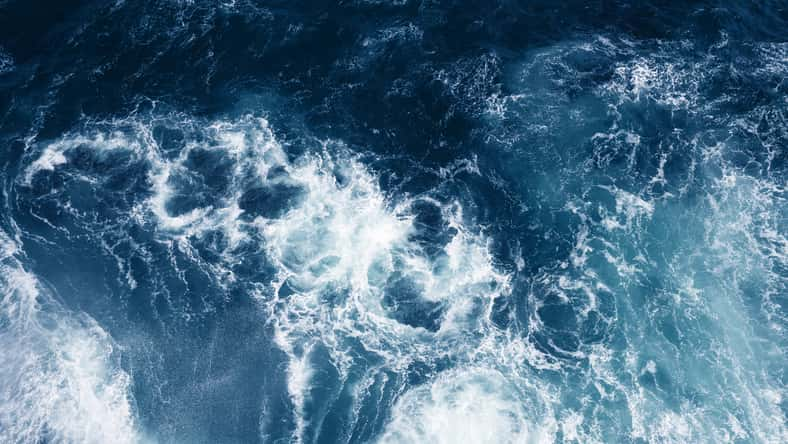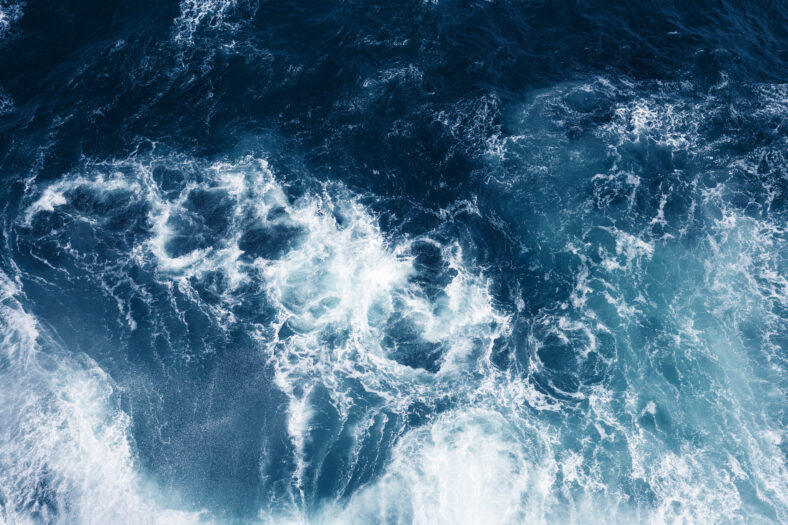An Underwater Volcano Near California Could Erupt Later This Year

By the end of this year, a highly active underwater volcano off the Pacific Coast could erupt. The volcano is known as Axial Seamount and is more than 4,900 feet beneath the Pacific Ocean. It is located about 700 miles northwest of San Francisco, California.
The volcano is not very well-known among the public because scientists only discovered its existence in the 1980s. Since its discovery, the volcano has erupted three times—in 1988, 2011, and 2015.
Luckily for those who live in California, Oregon, and Washington, Axial Seamount does not erupt explosively, so there is no risk of tsunamis.
“Axial Seamount is much too deep and too far from shore for people on land to even notice when it erupts. An eruption at Axial Seamount also has nothing to do with seismic activity on land, so Pacific Northwesterners don’t need to worry about this event triggering a major earthquake or tsunami,” said Maya Tolstoy, a marine geophysicist and dean of the University of Washington’s College of the Environment.
According to Bill Chadwick, a research associate at Oregon State University, Axial Seamount is similar to the volcanoes in Hawaii and Iceland. There is less gas, and the lava is more fluid, so the gas can enter and escape without exploding.
In contrast, volcanoes like Mt. St. Helens, Mt. Rainier, Mt. Hood, and Crater Lake have a lot more gas, which means they are more explosive.
While Axial’s eruptions are not noticeable on land, they have a huge impact underwater. Eruptions will cause heat plumes that rise from the seafloor for about half a mile, but they will not reach the surface. The outermost layer of the lava flow will cool almost immediately and form a crust.
However, the interior of the lava flow can remain molten for some time. If buried by the lava, sea life can die. The lava could also destroy or damage scientific equipment installed around the volcano to detect eruptions and earthquakes. The eruption likely won’t affect sea life such as whales because they stay near the water’s surface.
Axial Seamount is just one of many volcanoes that are underwater. It is estimated that 80 percent of Earth’s volcanic output takes place in the ocean.

Sign up for Chip Chick’s newsletter and get stories like this delivered to your inbox.
Scientists are particularly interested in Axial Seamount because of how often it erupts, which allows them to study and predict volcanic eruptions with more accuracy. Its frequent eruptions are due to its location in a spot where tectonic plates spread apart from each other, and plumes of hot magma rise toward the Earth’s surface.
“For a lot of volcanoes around the world, they sit around and are dormant for long periods of time, and then suddenly they get active. But this one is pretty active all the time, at least in the time period we’ve been studying it,” said Chadwick. “If it’s not erupting, it’s getting ready for the next one.”
Overall, the data collected from Axial Seamount will help improve eruption forecasting for underwater volcanoes all over the world.
More About:News





